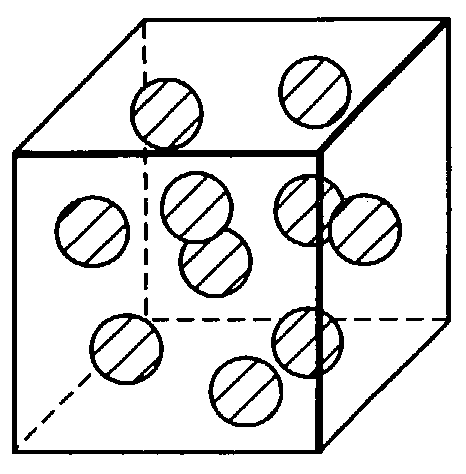Method for manufacturing porous structure and method for forming pattern
a technology of porous structure and pattern, which is applied in the manufacture of electronic systems, magnetic recording, record information storage, etc., can solve the problems of no other choice to form fine patterns, no other choice, and low manufacturing cost, and achieves high process throughput and considerable regularity.
- Summary
- Abstract
- Description
- Claims
- Application Information
AI Technical Summary
Benefits of technology
Problems solved by technology
Method used
Image
Examples
examples
[0293]Hereinafter, the present invention will be specifically described based on examples. It should be noted that the present invention is not limited to these examples.
synthesis example
[0294]A diblock copolymer (1) of polystyrene (PS) and polymethyl methacrylate (PMMA) is synthesized by living anion polymerization. Molecular sieves and activated alumina are added to polystyrene monomer and polymethyl methacrylate monomer, respectively, followed by leaving to stand for two days to remove water and an inhibitor. These monomers are distilled under reduced pressure, and then the atmosphere is replaced with argon gas. Dehydrated THF (Wako Junyaku Co., Ltd.) is prepared as a reaction solvent to which metallic sodium is added as a dehydrating agent, and then reflux is performed for two days. As a polymerization initiator, sec-butyl lithium (Kanto Kagaku Co., Ltd.) is employed.
[0295]As a polymerization apparatus, a pressure reactor (Taiatsu Glass Co., Ltd.) is employed. The reaction is carefully performed under a pressurized argon atmosphere of 4 atm so as to prevent outside air from entering the reaction system. While flowing argon, the dehydrated THF and polymerization ...
example 1
[0298]Two wt % of the diblock copolymer (1) is dissolved in propylene glycol monoethyl ether acetate (PGMEA), followed by filtering the solution, and then an SiO substrate is spin-coated with the solution at 2,500 rpm. The substrate is heated to 110° C. for 90 seconds to evaporate the solvent. Thereafter, the substrate is placed in an oven, and annealing is performed in a nitrogen atmosphere at 210° C. for 10 minutes, subsequently at 135° C. for 10 hours. Since the temperature of 210° C. is just below a temperature that decomposition of the acrylic block takes place, the short time annealing enables to flatten the film with dissipating hysteresis after spin-coating. Further, the annealing at the temperature of about 135° C. enables to promote microphase separation of the diblock copolymer efficiently, so that a film having micro polymer phases is formed.
[0299]Reactive ion etching (RIE) is performed to the sample under the conditions of CF4, 0.01 Torr, 150 W of progressive wave, and ...
PUM
| Property | Measurement | Unit |
|---|---|---|
| molecular weight distribution | aaaaa | aaaaa |
| molecular weight distribution | aaaaa | aaaaa |
| molecular weight distribution | aaaaa | aaaaa |
Abstract
Description
Claims
Application Information
 Login to View More
Login to View More - R&D
- Intellectual Property
- Life Sciences
- Materials
- Tech Scout
- Unparalleled Data Quality
- Higher Quality Content
- 60% Fewer Hallucinations
Browse by: Latest US Patents, China's latest patents, Technical Efficacy Thesaurus, Application Domain, Technology Topic, Popular Technical Reports.
© 2025 PatSnap. All rights reserved.Legal|Privacy policy|Modern Slavery Act Transparency Statement|Sitemap|About US| Contact US: help@patsnap.com



